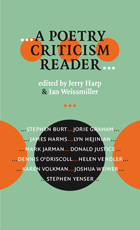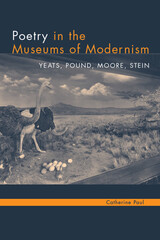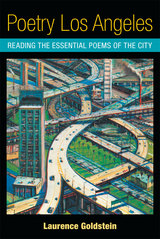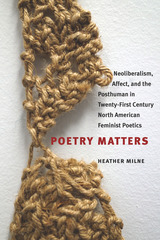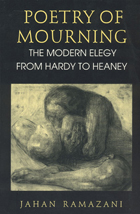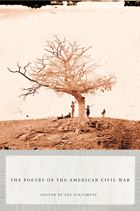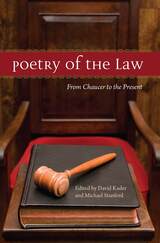Cloth: 978-0-674-98434-9
Raute and Rawat are endangered languages belonging to the Raji-Raute language cluster within the large Sino-Tibetan family of languages spoken across Asia. The Raute and Rawat people are forest foragers in the central Himalayan region, living by hunting, gathering, and trade of wooden carvings to outsiders. Their remarkably conservative mother tongues contain a wealth of concepts about egalitarianism, religious animism, and aspects of forest life. Understanding these language concepts may provide a better appreciation of the cultural history of forest-dwelling peoples in Asia and a way of living that is in danger of becoming obsolete—as farming communities convert the forests to fields and people face pressure to assimilate.
The dictionary provides a full description of each entry, including a provenance of its speech community, the part of speech, and a gloss in English, Nepali, and Kumauni. In addition, most entries contain an example of usage in a sample sentence, notes on cultural significance, and a meticulously studied etymology. The book provides a useful reference work with previously unpublished information about the speakers’ ethnic identities and their culturally significant plants, animals, deities, and material culture.
See other books on: Dictionaries | Language Arts & Disciplines | Linguistics | Reference
See other titles from Harvard University Press

